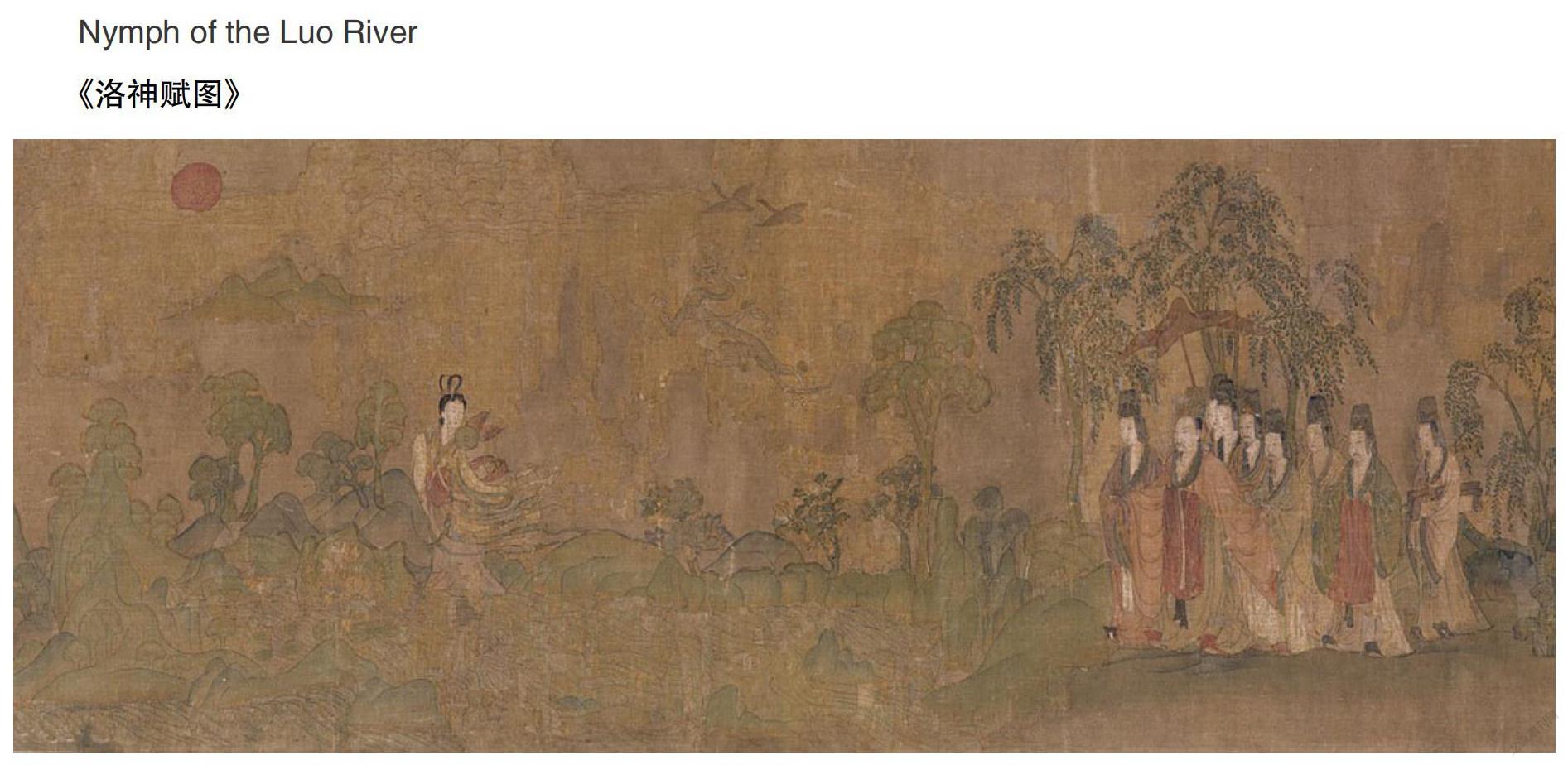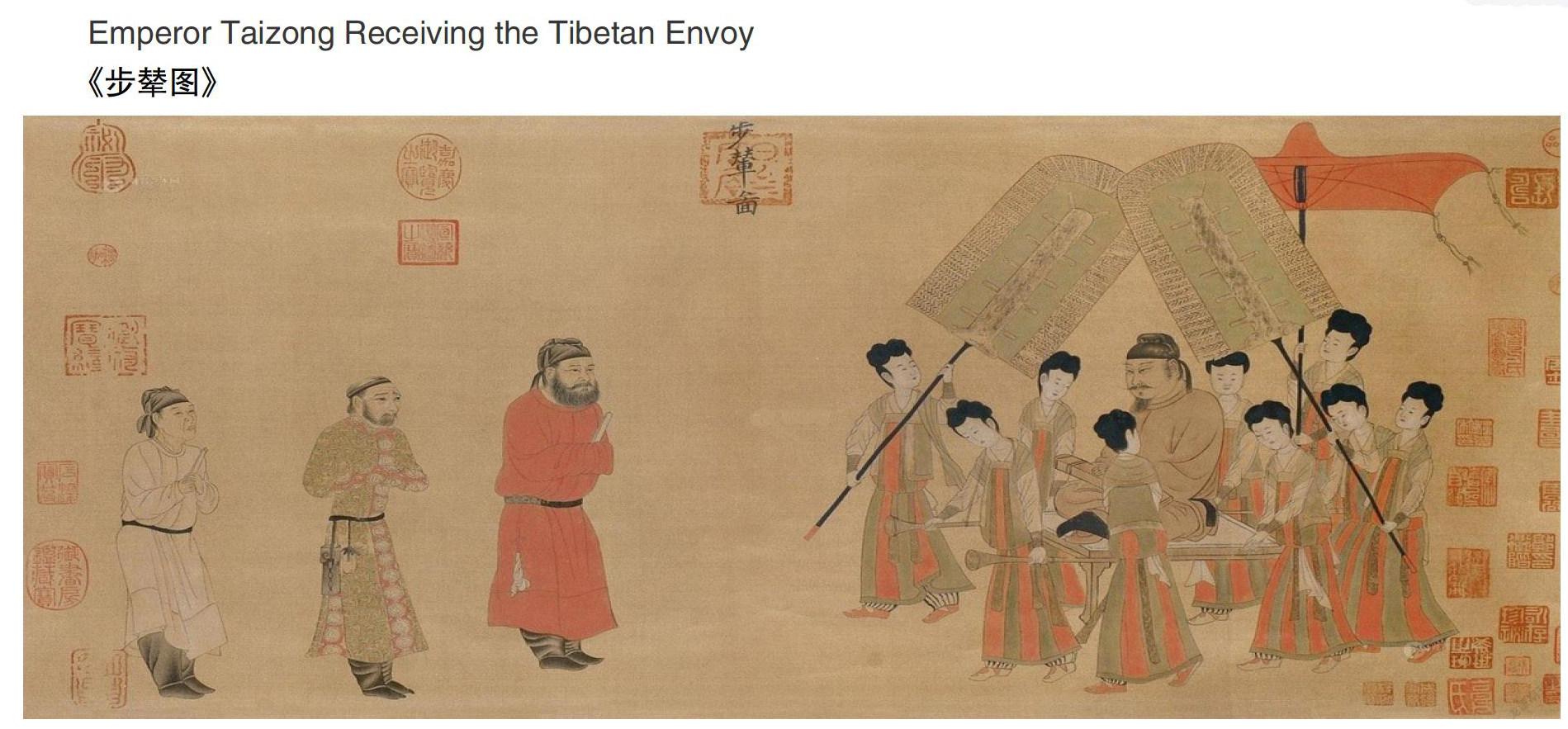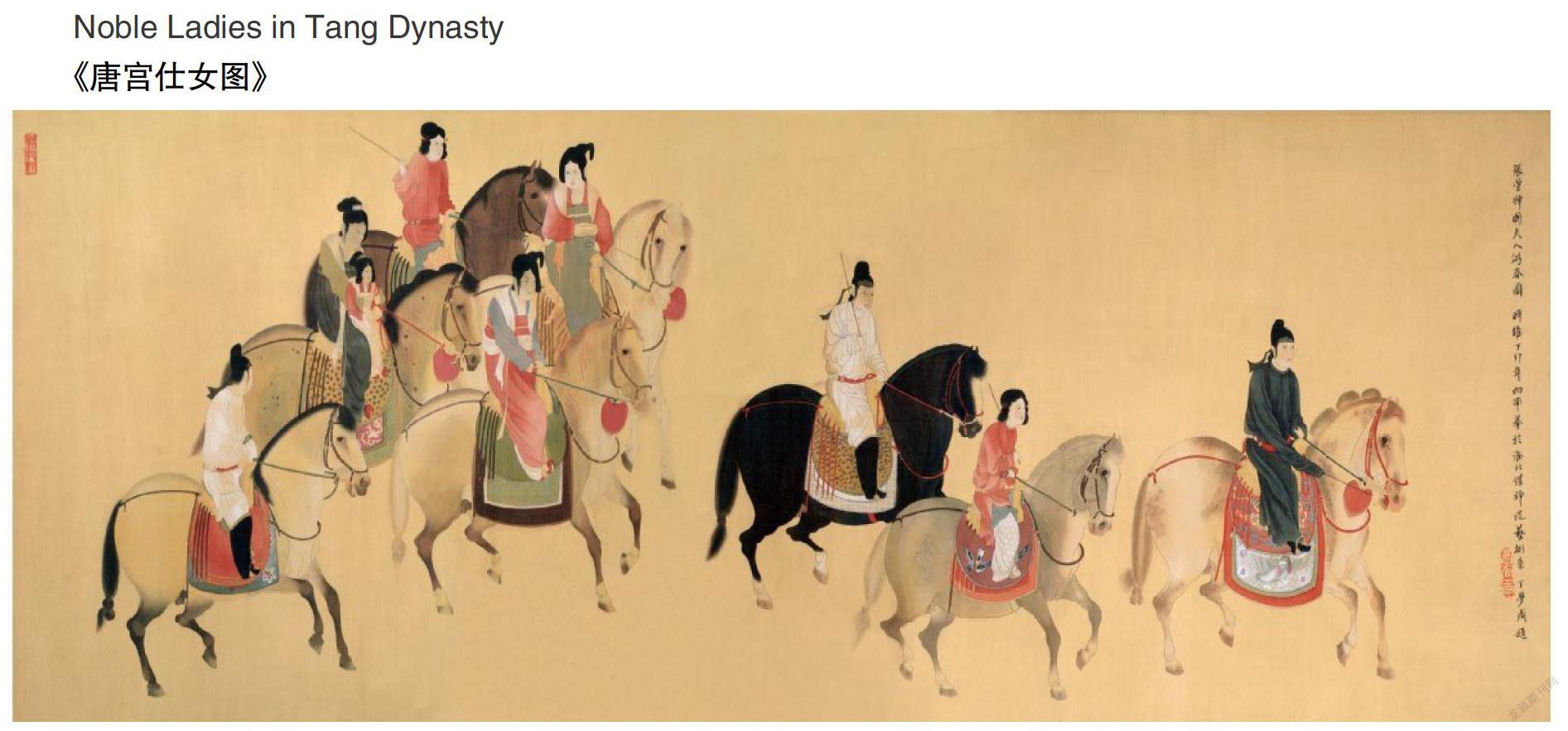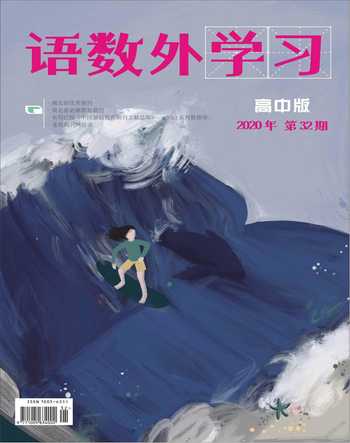惊艳世界的中国十大传世名画,你知道几幅?(上)
2020-09-10





中国历史悠久,国画杰作众多,价值连城。有些画作在战争中损毁或遗失,但更多画作传世千年,现藏于国内外各大博物馆。此文辑录的是中国十大传世名画:
Nymph of the Luo River
《洛神赋图》
Artist and writer Gu Kaizhi (ca. 344–406) painted Nymph of the Luo River on a long silk scroll during the Eastern Jin Dynasty (317–420). The narrative scroll, from which four copies dating to the Song Dynasty (960–1279) survived (now exhibited in Beijing, Liaoning and Washington), illustrates the poem Ode to the Nymph of the Luo River, written by Cao Zhi (192–232).
《洛神賦图》为东晋(317—420)画家和诗人顾恺之(约344—406)所作,绢本,长卷。这幅叙事画卷乃据曹植(192—232)的《洛神赋》而作。有四件宋(960—1279)摹本传世,分别藏于北京、辽宁省和华盛顿。
It is a large scroll that should be “read” horizontally, depicting the love story between the poet and the nymph, from their meeting to their parting.
这幅古画为长卷,需横览,绘曹植与洛神自邂逅定情到分别的爱情故事。
Emperor Taizong Receiving the Tibetan Envoy
《步辇图》
Emperor Taizong Receiving the Tibetan Envoy depicts the meeting of Emperor Taizong of the Tang Dynasty (618–907) and Ludongzan, Gar Tongtsen Yulsung, an envoy sent by Songtsan Gampo (617–650), the ruler of Tibet, to accompany Princess Wencheng back to Tibet to be his queen. Yan Liben (601–673), the artist who created this painting, was one of the most revered Chinese figure painters in the early years of the Tang Dynasty.
《步辇图》为唐朝(618—907)初期最受尊崇的人物画家阎立本(601—673)所绘,以吐蕃王松赞干布(617—650)迎娶文成公主入藏为背景,描绘了吐蕃使臣禄东赞晋见唐太宗时的场景。
The ink and colour on silk handscroll, 129.6 cm long and 38.5 cm wide, is now in the collection of the Palace Museum in Beijing.
此画纵38.5 厘米,横129.6 厘米,手卷,绢本设色,现藏于北京故宫博物院。
Noble Ladies in Tang Dynasty
《唐宫仕女图》
Noble Ladies in Tang Dynasty are a serial of paintings drawn by Zhang Xuan (713–755) and Zhou Fang (ca. 730–800), two of the most influential figure painters of the Tang Dynasty, when the paintings of noble ladies became very popular.
《唐宫仕女图》是张萱(713—755)、周昉(约730—800)所绘的一组画。二人为唐代人物画名家,当时仕女画风行。
The paintings depict the leisurely, lonely and peaceful life of the ladies at court, who are shown to be beautiful, dignified and graceful. Four most-renowned paintings in the serial are Portrait of Lady of Guo Going Sightseeing in Spring (by Zhang Xuan), Court Ladies Preparing Silk (by Zhang Xuan), Court Ladies Adorning Their Hair with Flowers (by Zhou Fang), Court Ladies Swinging Fans (by Zhou Fang).
此画描绘了宫廷仕女闲静寥落的生活,人物优美、典雅、端庄。这组画中最著名的四幅作品是张萱所作《虢国夫人游春图》、《捣练图》以及周昉所作《簪花仕女图》、《挥扇仕女图》。
Zhang Xuan used fine brushwork to make paintings of people and was especially good at painting noble ladies, infants and pommel horses. Zhou Fang was influenced by the pure and detailed style of the Jin Dynasty artist Gu Kaizhi, and his portrayals of court ladies are characterized by round faces and plump figures.
张萱以工笔人物写生见长,尤其擅绘仕女、婴儿和鞍马。受顾恺之影响,周昉的画风不求藻饰,注重细节,仕女造型以面容圆润、体态丰腴为主要特征。
The paintings are now kept in several museums around China.
这组画现藏于国内几家博物馆。
Five Oxen
《五牛图》
Five Oxen, a painting by renowned Tang Dynasty artist Han Huang (723–787), is housed in the Palace Museum in Beijing.
《五牛图》为唐代著名画家韩滉(723―787)所作,藏于北京故宫博物院。
Han Huang was born in Chang’an during the reign of Emperor Xuanzong (685–762), and served as a chancellor during the reign of Emperor Dezong (742–805).
韩滉生于唐玄宗(685—762)开元年间,长安人,唐德宗(742—805)年间任宰相。
Han was renowned for painting people and animals with detailed facial expressions. He was especially distinguished at painting agricultural life and livestock, including oxen and goats.
韓滉以人物、畜兽画著称,神态刻画细致入微,对田家风俗和牛羊等家畜的描摹尤其出色。
Five Oxen is 139.8 centimeters long and 20.8 centimeters wide. The painting, as the name suggests, is of five oxen without any background. The oxen are positioned in a line, each with distinctive appearance, walking or standing, holding their heads high or low. The oxen have bright, piercing eyes and different temperaments: lively, docile, romping and even eccentric.
《五牛图》纵20.8 厘米,横139.8 厘米。顾名思义,画的是五头牛,画面上没有背景衬托。五头牛一字排开,各具状貌,姿态互异:或行,或立,或俯首,或昂头。五牛瞳眸炯炯有神,性情各不相同:活泼、温顺、喧闹甚或乖僻。
The Night Revels of Han Xizai
《韩熙载夜宴图》
The Night Revels of Han Xizai by Southern Tang (937–975) artist Gu Hongzhong reproduces the historical scene of Southern Tang Minister Han Xizai’s evening banquet. It shows the host and guests, singing and dancing, laughter and joy, as well as the protagonist’s detachment and a sense of gloom. The surviving copy is a 28.7 cm × 335.5 cm, ink and color on silk handscroll made during the Song Dynasty, and is now housed in the Palace Museum in Beijing.
《韩熙载夜宴图》为南唐(937—975)画家顾闳中所作,再现了南唐大臣韩熙载夜宴宾客的历史场景,描绘了宴会上主客揉杂、弹丝吹竹、清歌艳舞、调笑欢乐的场面,又刻画了主人公超脱不羁、沉郁寡欢的性格。现存宋摹本手卷,绢本设色,纵28.7 厘米,横335.5 厘米,现藏于北京故宫博物院。
Han Xizai (902–970) was a scholar-official of the Southern Tang court. As he wanted to save himself from a delicate political situation, Han pretended to live a dissolute life, so as to dispel Emperor Li Yu’s (937–978) doubts and suspicion.
韩熙载(902—970), 南唐文臣。他为了从复杂的政治局势中脱身,消除后主李煜(937—978)对自己的猜忌,假装过着放荡的生活。
Gu Hongzhong (910–980) was a court-painter in the painting academy of the Southern Tang Dynasty during the Five Dynasty and Ten Kingdoms period (907–979). Emperor Li Yu sent Gu to spy on one of Han’s sumptuous parties, leading Gu to produce this famous artwork.
顾闳中(910—980), 五代十国(907—979)南唐画家,任南唐画院宫廷画师。后主李煜派其潜入韩府偷看韩熙载夜宴的奢华场面。顾闳中因此绘制出这幅名画。
This narrative painting is split into five distinct sections: Han Xizai listens to the pipa, watches dancers, takes a rest, plays string instruments, and then sees guests off. It shows precise portraits of more than 40 figures with fine and continuous brush lines and delicate colors.
该叙事画卷分为五段场景,即听乐、观舞、暂歇、清吹、散宴。作品描绘了40 多个人物,造型准确精微,线条工细流畅,色彩绚丽清雅。
The work was not only a painting about personal life, but also represented many features from that period.
这幅画不仅展现了韩熙载的个人生活,也反映了那个时代的多种风情。
